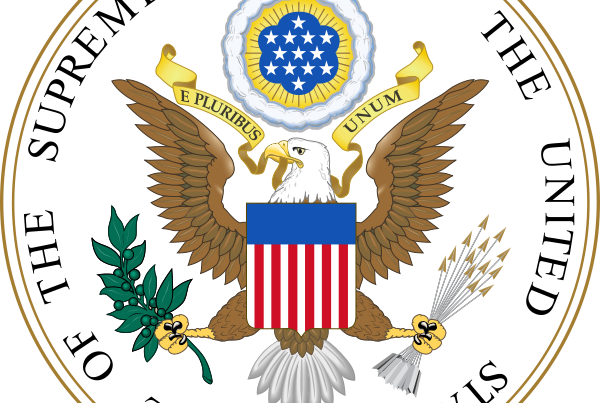Excessive discovery requests. We’ve all received them.
A $30,000 contract case “demands” multiple interrogatories, document requests, and deposition notices. More time and fees are spent on preparing responses or protective order motions than on the case’s limited issues.
Unending discovery becomes a settlement tactic, not an investigational tool.
All that will change for federal cases on December 1, 2015, when amended Fed. R. Civ. Pro. 26(b)(1) is scheduled to take effect:
Parties may obtain discovery regarding any non-privileged matter that is relevant to any party’s claim or defense and proportional to the needs of the case, considering the importance of the issues at stake in the action, the amount in controversy, the parties’ relative access to relevant information, the parties’ resources, the importance of the discovery in resolving the issues, and whether the burden or expense of the proposed discovery outweighs its likely benefit.(Emphasis supplied).
Under the amended rule, discoverable information must be relevant – not merely “reasonably calculated to lead to admissible evidence,” as before.
The amended rule also requires proportionality. Parties must now really weigh potential discovery’s importance to the issues against its costs. The new standard cuts both ways. It prevents plaintiffs from using discovery to extract a “cost of defense” settlement (especially in a small case), and checks defendants’ prying into a plaintiff’s background/finances when the yield is low.
The Advisory Committee’s Notes state that amended Rule 26(b)(1) restores the rule’s intended original proportionality focus, which had morphed into a cost-benefit analysis under Rule 26(b)(2)(iii). A case, for example, may involve a small dollar amount, but large issues of important personal or public values.
The amended rule applies to “information asymmetry” – one party with little information and the other with lots. The burden of responding is greater on the party with more information.
The change does not approve boilerplate “proportionality” objections. The parties and court have a collective responsibility.
The Notes encourage “greater judicial involvement in the discovery process.” Litigators are often reluctant to bring discovery motions, viewing courts as disfavoring them. Aggressive discovery demands then ensue. Early motion practice may now quell these abuses.
December 1 creates a strategic opportunity. Counsel should send a standard letter to opposing counsel, at the start of every federal lawsuit, noting and applying the proportionality rule. If opposing counsel ignores your warning, bombarding your client with excessive demands, the letter will tee up a motion.
Proportionality cuts both ways. In a complex case raising important substantive issues of major financial concern, the amended rule may justify crucial, if extensive, discovery.



